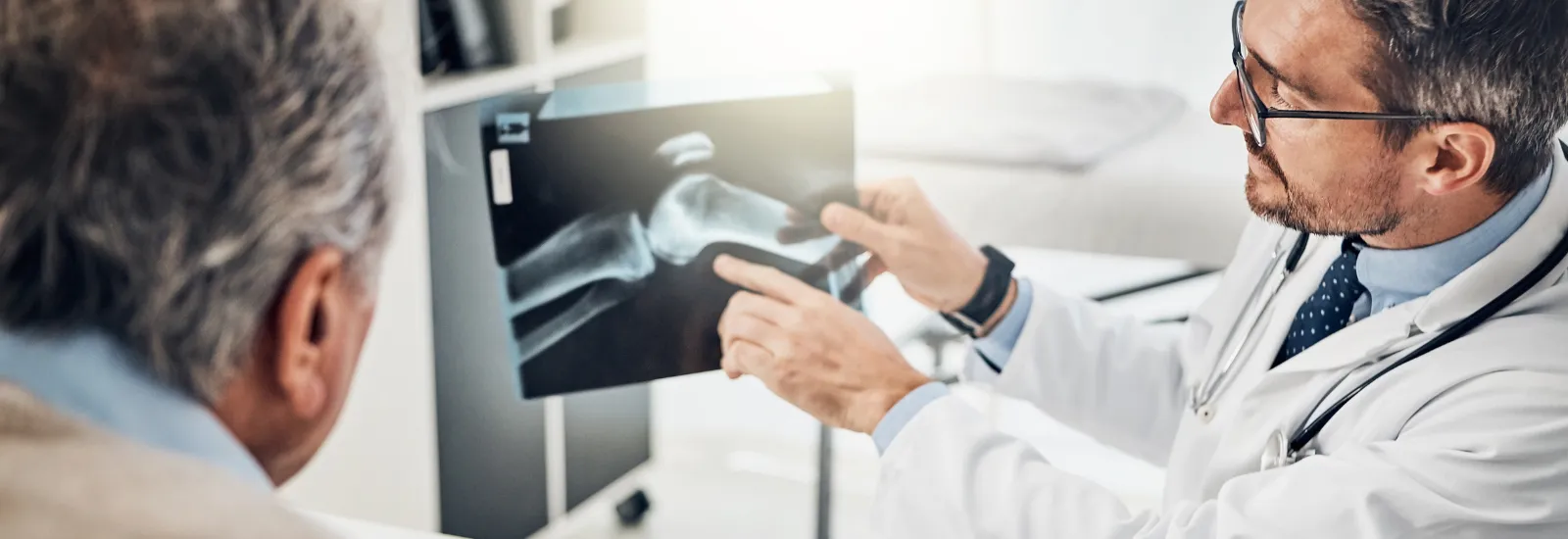
Robotic joint replacement: Advanced technology leads to better outcomes
For many years, joint replacement surgery held somewhat of a "status quo" reputation. Surgeons were generating good outcomes, but the technology wasn't progressing as quickly as some would like.
Enter the concept of robotics.
Benefits of robotic technology
The
Mako device is one of the longest-standing robotic technologies. It also has
the most data behind it. Thanks to the precision Mako allows, data shows
patients have shorter hospital stays, less blood loss, reduced tissue trauma, less
need for physical therapy, and reduced narcotic use to address pain.
It's important
to note the surgeon is still a critical part of these procedures. Reid Health Orthopedic Surgeons compares
it to the art and skill of flying.
The surgeons explain, just because you can fly a single-engine plane, it doesn't
mean you can fly an F-16 jet fighter. The old way of doing it gives
you some ideas about lift and propulsion and landing, but you need to take your
game up a whole different level to fly an F-16 than to fly a single-prop plane.
That's
what the robot is. It's just a tool for surgery, like a plane is a tool for
flying. But the technology and the understanding that's necessary to make that
happen is totally different at the robotic level.
Importance of buy-in from surgeons and staff
At
Reid Health, surgeons have enthusiastically adopted robotic technology, which
has led to better patient outcomes. Fortunately, everyone was on board from the
start.
The orthopedic specialists state, "The
really cool thing about robotics is it becomes a catalyst for cultural change. When you bring something like robotics in, it kind of
energizes everybody - the nurses on the floor, the other physicians, the operating
room staff, the administration."
"You combine robotic technology with that
energy of people wanting to buy in and believe in something bigger than
themselves and you get great outcomes."
Future of orthopedic surgery
The future of
orthopedic surgery is very promising. For example, the plastic insert that's
used in knee replacements will soon be able to relay certain information, such
as how many steps a patient takes a day or the temperature of the implant,
which could indicate an infection.
"We're going to
get real-time data from the knee once it's implanted inside the patient," The Reid team states.
But that's not
the only advancement.
Reid also does total
hips, total knees, and partial knees now, and there's going to be a total
shoulder application that will be coming out. That's just the tip of the iceberg.

